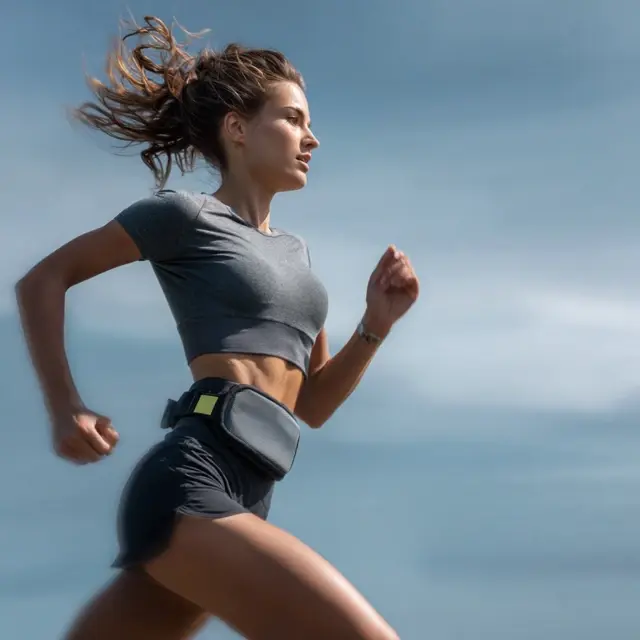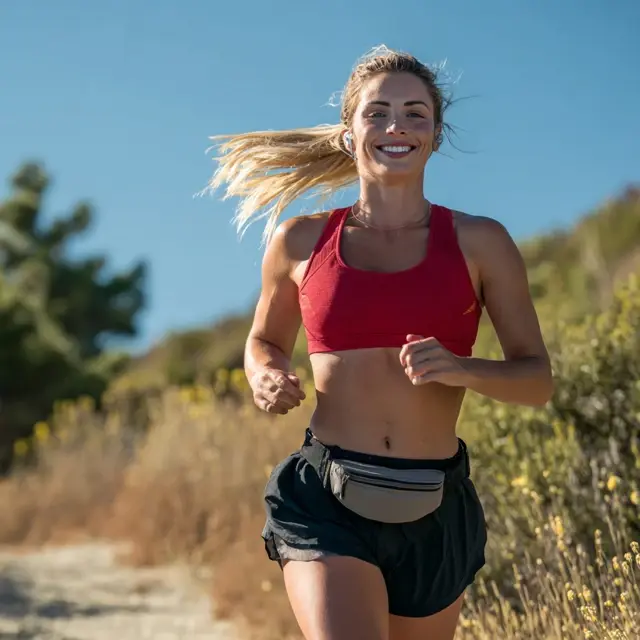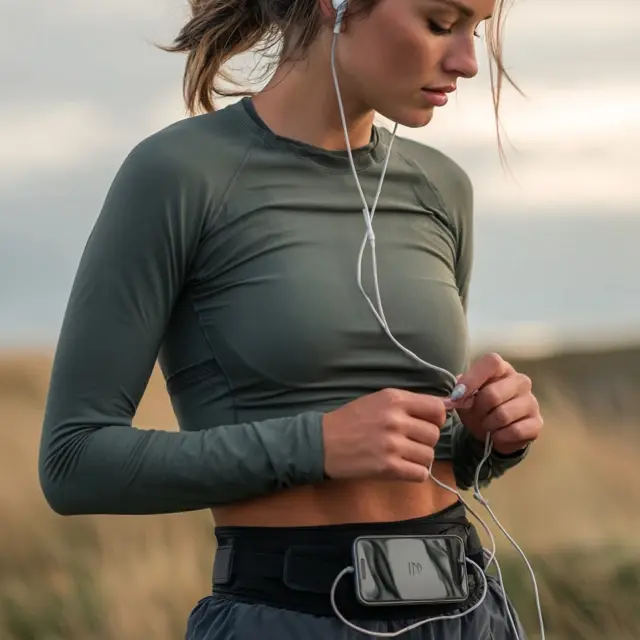Running Belt Options: How to Decide Between Styles
Every runner has different needs, and the best running belt is the one that complements your goals, distances, and comfort preferences. With so many styles available, it can be difficult to know which belt is right for you. Here’s a breakdown of popular running belt options and how to decide between them.
Why Style Choice Matters
The style of your running belt affects everything from storage capacity to bounce reduction. Choosing the right design ensures your essentials are secure and your stride remains smooth.
Minimalist Belts
These are slim, lightweight belts designed for runners who carry the bare minimum. Best suited for:
- Short runs: Perfect for carrying keys, ID, and a small phone.
- Speed workouts: Slim design reduces bulk and drag.
- Casual runners: Great for simplicity and comfort.
Hydration Belts
Hydration belts include bottle holders or hydration pouches, making them ideal for longer distances. They work well for:
- Marathon training: Carry fluids when aid stations aren’t available.
- Trail running: Stay hydrated during long, rugged outings.
- Hot climates: Keep water or electrolyte drinks within reach.
Compression Belts
Compression-style belts hug the body, holding items flat and secure. They’re designed for a bounce-free experience and are best for:
- Distance runners: Need stability with minimal movement.
- Tech-focused runners: Ideal for carrying phones or GPS devices securely.
- Comfort seekers: Fabric stretches naturally with movement.
Multi-Pocket Belts
These belts offer multiple compartments for organizing items. They’re versatile and functional, making them great for:
- Travel runners: Store passports, cash, and essentials.
- Ultra-distance events: Carry gels, snacks, and safety gear.
- Everyday runners: Want storage for both runs and casual outings.
How to Decide Between Styles
When choosing a running belt style, consider these factors:
- Distance: Longer runs often require hydration or more storage.
- Environment: Trails may require durable, weather-resistant belts, while road runs benefit from lightweight options.
- Personal comfort: Some runners prefer compression belts, while others like adjustable buckles.
- Gear load: Decide how much you typically carry—just a key and phone, or full race-day supplies.
Extra Features to Look For
- Reflective strips for night visibility.
- Moisture-resistant pockets to protect electronics.
- Adjustable straps for customized fit.
Conclusion
The best running belt style depends on your unique running needs. Minimalist designs suit short jogs, hydration belts serve endurance athletes, compression belts offer stability, and multi-pocket belts provide organization. By matching belt style to your goals, you’ll find the perfect companion for every mile.
For more guidance, explore our running gear style guides and hydration solutions for endurance runners.




